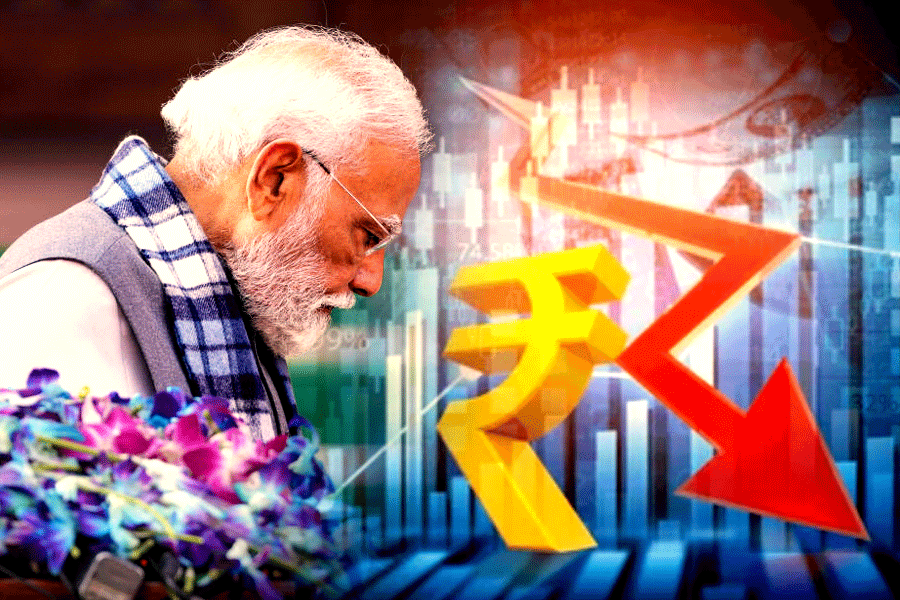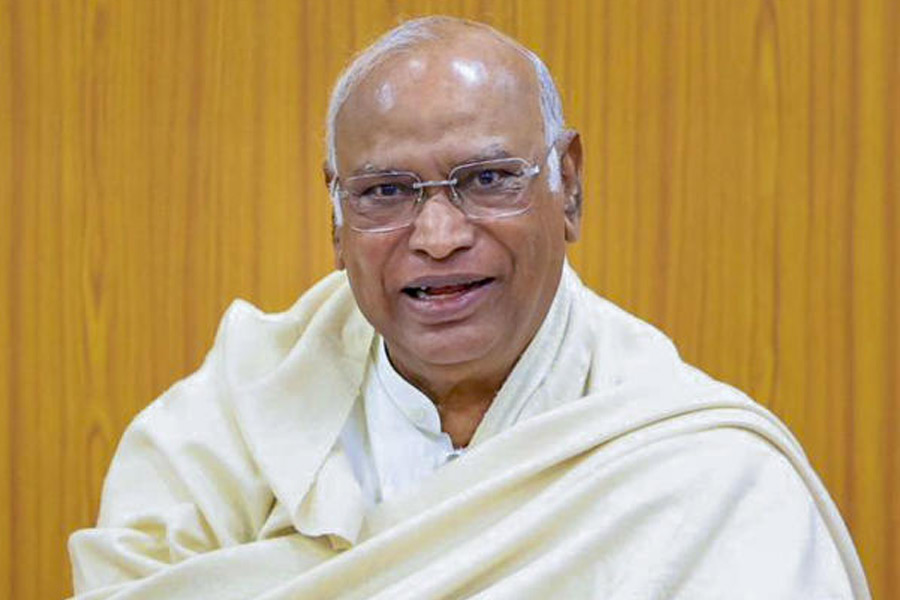What goes into the making of a genius like Satyajit Ray? How does a visionary filmmaker like Ray reflect upon social issues? In what ways does Ray make his audience think?
In an attempt to answer these questions and commemorate a hundred years of India’s greatest filmmaker, The Bengal and Prabha Khaitan Foundation organised Tarpan: Shotoborshe Satyajit Ray.
The virtual event began with an instantly recognisable piece of archived audio -- a snippet of Ray’s voice -- where the great man speaks about the influence of another great man, his father and iconic poet Sukumar Ray.
Following this, the star-studded panel took control of proceedings, with director and actor Soumitra Mitra conversing with Dipankar De and Mamata Shankar, who have worked in multiple Ray films, as well as Goutam Ghose and Suman Mukhopadhyay, who have shown imprints of Ray in their cinematic creations.
“Whenever he used to see an interesting face on his travels, he would immediately pull out his notebook and draw a sketch of that person, sometimes even taking their phone numbers for potential use in the future,” recollected De about how Ray would discover people and document them. “As a director, he would mostly let his cast do what they felt was appropriate; only in certain select scenes would he demonstrate precisely how he wanted it to be executed.” added De.
Mamata Shankar shed light on how he would conduct the script-reading before shooting for a film got underway. “For Agantuk, I was the last one to hear the script, and Manik kaka read it out to me in a dimly lit room. I can never forget how he brought the character of Manomohan Mitra (played by Utpal Dutt) to life. It was a truly transcendental experience for me,” she said.
The veteran actress also highlighted his ability to take inputs from one and all. While filming Shakha Proshakha, Ray wanted a scene to be retaken, featuring Shankar and Ranjit Mallick, but could not figure out how to replace a particular dialogue. “He wanted the words ‘three’s a crowd’ to be changed as a mofussil audience may not be able to grasp it. So, to my great surprise, he asked me to suggest an alternative. Ultimately, he went with my suggestion, and I was convinced that this man could never be egoistic.”
A new dimension entered the discussion with Ghose comparing Ray to Japanese filmmaker Akira Kurosawa, for both were “prophetic” in their outlook on cinema. “If you look at the last few films Ray made, you will see that he raises all kinds of questions around civilisational conflict, just like Kurosawa does in his best films. The early ‘90s saw so many momentous events, from the fall of the Soviet Union to the resurgence of violent communalism in India. None of these issues ever escaped Ray’s attention, his brain was always ticking,” observed the filmmaker whose Abar Aranye (2003) was a tribute to the Ray classic Aranyer Din Ratri (1970).
"For me the best thing about Ray was how his international appeal never made him lose track of what was going on at home. I strongly feel that you cannot be a truly international artiste unless you retain your roots and appreciate the culture from which you came. Ray never gave up on his roots, he was intimately aware of everything that was unfolding domestically besides his vast knowledge of the affairs of the world at large," explained Mukhopadhyay, before proceeding to describe him as a man with "immense presence who would always command reverence".
As the conversation flowed with many more anecdotes about Ray being exchanged by the panelists, a surprise guest dropped by. Remembering how the legend would frequent her performances at Park Street’s Trincas, the inimitable Usha Uthup shared that “Ray had wanted to make a film on me, about a Madrasi girl singing in a nightclub, but the idea never came to fruition. It’s something I regret, but at the same time, I feel blessed that he was there to see me perform.”
The tribute to Ray drew to a close with a montage of his most memorable works.
This is a sponsored article and curated by ABP Digital Brand Studio. The Telegraph India editorial team played no role in creating this content.











